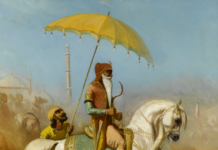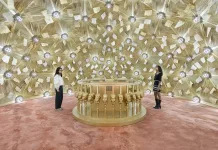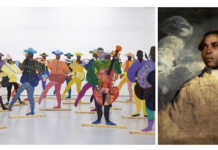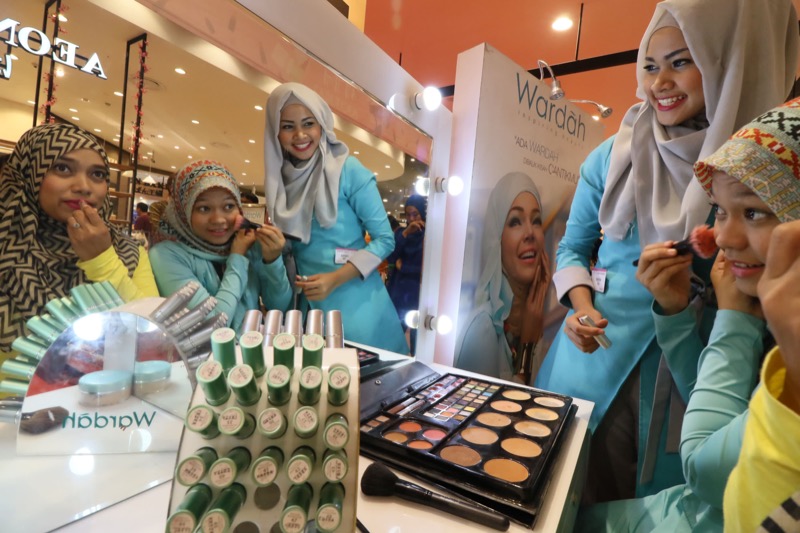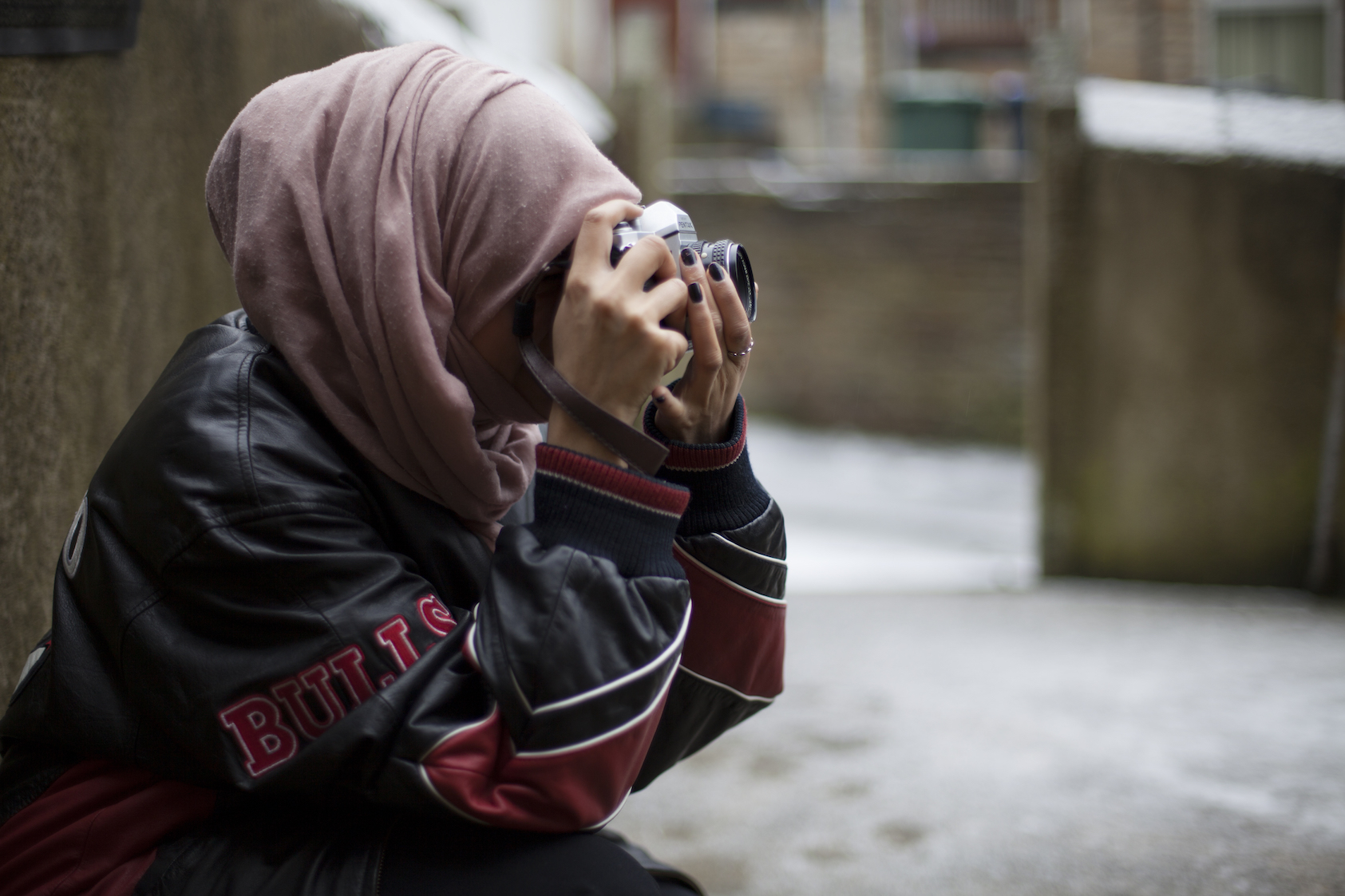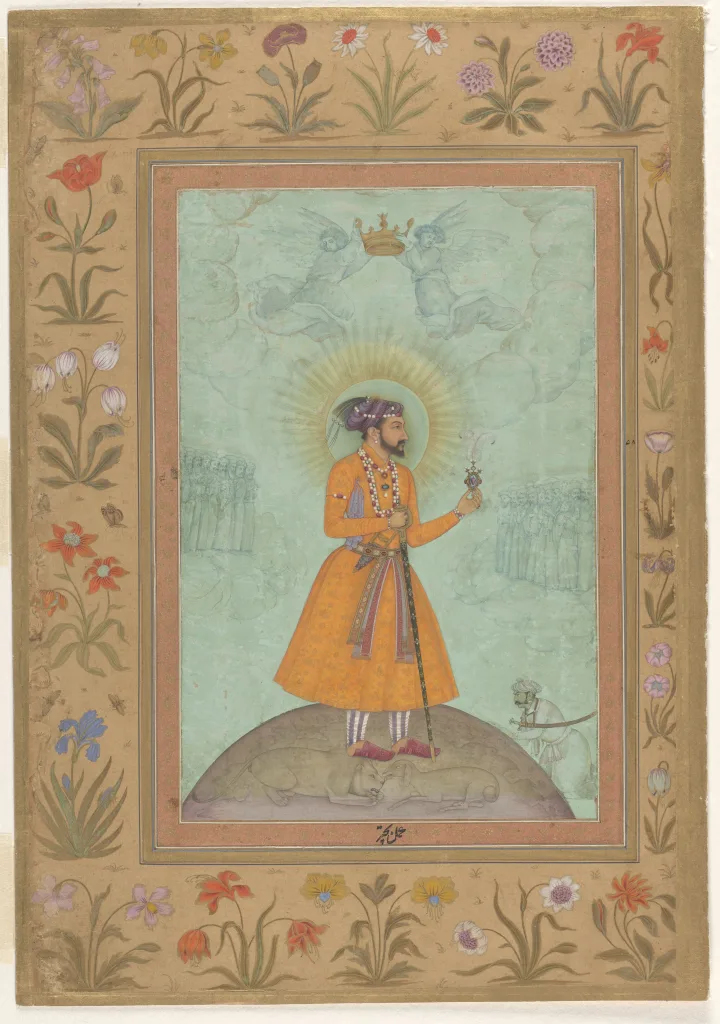
The Great Mughals: Art, Architecture and Opulence
9 November 2024 – 5 May 2025
Galleries 38 & 39, V&A South Kensington
The V&A has opened The Great Mughals: Art, Architecture and Opulence, the first major exhibition to present the monumental artistic achievements of the ‘Golden Age’ of the Mughal court (c. 1560-1660). This landmark exhibition celebrates the extraordinary creative output and internationalist culture of Mughal Hindustan during the age of its greatest emperors. Shining a light on one of the wealthiest courts in the world, it tells the story of an immense early modern empire that is largely untold within the U.K.
Susan Stronge, Curator of The Great Mughals: Art, Architecture and Opulence said: “This is the first exhibition to reveal the internationalist art and culture of the Mughal court. Hindustani artists, Iranian masters and even a few Europeans came together in the imperial workshops to create a new, hybrid art. We are pleased to display some of their greatest creations, many of which have never been exhibited before.”
The Mughal dynasty was founded in 1526 by Babur, a Timurid prince and ruler from Central Asia. At its peak it was one of the wealthiest and most progressive empires in the world, and extended from Kabul in present-day Afghanistan, to the borders of the Deccan sultanates in the south of the subcontinent, and from Gujarat in the west to present-day Bangladesh in the east.
The exhibition showcases over 200 objects across three sections spanning the reigns of Emperors Akbar (r.1556-1605) Jahangir (r.1605-1627) and Shah Jahan (r.1628-1658) and celebrates the craftsmanship and creativity of their court workshops. Rarely shown paintings and illustrated manuscripts not seen for a generation are displayed alongside delicate textiles, brilliantly coloured carpets and fine objects made of mother of pearl, rock crystal, jade and precious metals.
A particular focus of the exhibition is the extraordinary hybrid art created in the imperial workshops by Iranian and Hindustani artists and craftsmen working in the Persian-speaking court. It explores the influence of European art brought to the court by Christian missionaries, foreign ambassadors, and merchants.
Drawing together famous, rarely seen objects from the V&A collections and significant national and international loans, this exhibition brings to life the unparalleled opulence and mastery of Mughal art. Highlight loans include bejewelled objects and precious stones, on loan from the al-Sabah Collection in Kuwait, including a precious deep red engraved spinel owned by Timur’s grandson Ulugh Beg, and later by Jahangir and Shah Jahan; an exceptionally fine Mother of Pearl
shield (c. 1580), made in Gujarat, that was in the Medici collections by 1599 and is on loan from the Museo Nazionale del Bargello in Florence; and a pair of fine jade objects on loan from The Al Thani Collection: a nephrite jade dagger depicting ostriches inlaid with rubies, emeralds and pearls, and the earliest known dated Mughal jade, a mottled nephrite jade wine cup made by master Sa’da Gilani, the head of the Goldsmiths’ workshop under Jahangir.
About the exhibition:
The first section introduces the reign of Akbar, generally considered one of the greatest emperors in Indian history. Catapulted into power at thirteen in 1556, Akbar embarked on a successful campaign of military expansion and whilst his reign was tumultuous, with rebellions across their territories, it was also an inventive and innovative time creatively. Akbar championed new crafts and established court workshops, including the Goldsmiths workshop and the House of Books.
Precious objects made in these workshops are on display in this section, including two rarely seen folios from the colourfully illustrated volumes of the Hamza-Nama, or ‘Book of Hamza’, commissioned by Akbar in the 1570s, on loan from the Museum of Applied Arts, Vienna, which will be reunited with a folio from the Fitzwilliam Museum. The Hamza-Nama is one of the earliest examples of Mughal painting, and assembles folk tales often told orally across the Islamic world of the Muslim hero Hamza and his followers as they battle against demons, giants and supernatural forces. These remarkable paintings demonstrate the new and distinctively Mughal style of painting that combined Safavid Iranian conventions with the very different pictorial traditions of the Hindu and Muslim artists of Hindustan. Another highlight of this section which demonstrates this Mughal style is a pictorial carpet (c. 1590–1600), on loan from the Museum of Fine Arts, Boston. On display in the U.K for the first time, this two-meter-long carpet combines Iranian conventions with pictorial scenes inspired by Mughal manuscript painting. The designs compare closely with details in paintings of the period, including the mythical hybrid gajasinha, a winged, lion-bodied, elephant-headed beast under attack by a fantastic flying bird, the simurgh. Decorative arts and metalwork of unparalleled quality also feature in this section, including a Ceremonial Spoon of chased gold and set with rubies, emeralds and diamonds. The spoon combines uniquely Indian goldsmithing techniques with Iranian designs and a European form.
Also on display are paintings and engravings by Mughal Court artists inspired by European art brought to the court by Jesuit missionaries from Portuguese Goa. Portraits with European sitters are shown here, as well as paintings depicting a European style angels and religious scenes. Finally, this section includes sketches by court artists imitating European works, including studies of Albrecht Durer’s The Crucifixion from ‘The Engraved Passion’ (1511).
The second section explores the arts of the reign of Akbar’s son, Jahangir. Jahangir inherited this well-run and wealthy empire in 1605, which was described by the English ambassador to King Charles I as ‘the treasury of the world’. The splendour of court and palace ritual is explored in this section through the display of paintings and precious objects of great opulence and rarity. A gold dagger and scabbard set with over two thousand rubies, emeralds and diamonds, on loan from the al-Sabah collection is shown next to a finely crafted jewelled jade pendant and number of imperial wine cups made of imported Chinese jade, including a wine cup on loan from The Al Thani Collection, which is the earliest known dated Mughal jade. The wine cup is inscribed with Jahangir’s titles and Persian verses in praise of wine, and was created by Iranian Master Sa’ida Gilani, the Iranian supervisor of the imperial goldsmiths’ department. These precious objects were often revealed to the court during the opulent celebrations that took place at Nowruz, or
New Year, or were exchanged between members of the court at the Birthday Weighing of the Emperor.
A unique Mughal Hunting coat, made in the 1610s, also features in this section. This vibrant coat – a highlight from the V&A collection – is embroidered with animals and plants using sixteen different colours of dyed silk across thirteen panels of fine white satin. With a composition designed by manuscript painters, the coat depicts a variety of birds, hares, spotted leopards and striped tigers ready to pounce, cranes in mid-flight, and naturalistic flowers.
Finally, this section explores Jahangir’s travels across the empire accompanied by court artists and craftsmen in the vast tented encampment. His leading artists painted the animals they saw on their travels or that had been given to the emperor by ambassadors from across the globe. On display from the V&A archive are two vividly naturalistic paintings – very rarely seen – by Jahangir’s famous artists, depicting exotic animals including a North American Turkey Cock, and an African zebra.
The third and final section explores the reign of Shah Jahan, who is perhaps most famous internationally for commissioning the Taj Mahal. Shah Jahan, whose name means ‘king of the world’, presented a strong and unified imperial image – that was projected across all the arts of the court. Floral imagery reinforced the notion that the empire was a garden of paradise under Shah Jahan’s just rule, ornamenting architecture, jewellery and the art of the book. On display are tiles and embroidered textiles featuring blossoming plants and flowers, as well as albums decorated in gold, with flowers painted in the borders. A key feature of this section focuses on the Taj Mahal, the tomb built by the emperor for his beloved wife Mumtaz Mahal. 19th century architectural drawings depicting the details of the marble inlaid with semi-precious are on display, as well as a miniature model reproduction of the Queens’s cenotaph.
The internationalism and wealth of court life comes into focus in this section, with vibrant contemporary paintings depicting formal court assemblies and celebrations as well as portraits depicting members of the imperial family. Another key object is the V&A’s famous wine cup crafted from white nephrite jade, made for Shah Jahan in 1657. Shaped with the head of a ram and inscribed with his title, the extremely fine cup is one of the most exquisite surviving objects from his reign.
The finale showcases precious stones from the Imperial Workshops, and the uniquely Mughal cuts of diamonds from Golconda. Eight rare treasures from the al-Sabah Collection are presented here, including the exceptional red royal spinel inscribed with the names of six rulers, engraved by imperial court master Sa’ida, and a 110 carat Colombian emerald pendant bead, carved with a delicate flower motif.
Get your tickets here: https://www.vam.ac.uk/shop/ticket?cgid=401
WRITTEN BY: Nura Arooj


